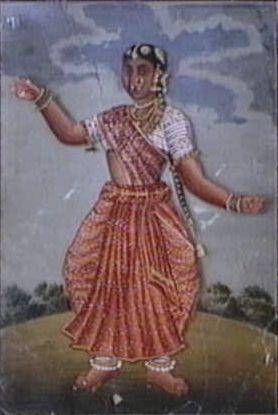Christian encounters with south Indian temple dance

One of the eight national dances of India, Bharatanatyam, partly originates from the area around Tranquebar. During the time that Tranquebar was a Danish colony, Devadasis were patronised by the Thanjavur royal court. In 1623, a Danish–Icelandic soldier routinely observed the Devadasis dancing outside the Masilamaninathar temple. His accounts of the dancers are interesting at two levels. First, they provide us with unique data on the role of the Devadasis at village level in seventeenth century Tamil Nadu. Secondly, they shed light on a certain imagination and perspective on Indian religion grounded in European Christian thought at the time. Since the eighteenth century, partly out of encounters with westerners, the dance of the Devadasis has been taken from its original setting and in the twentieth century to a national middle class stage on which girls of very different backgrounds learn Bharatanatyam. A second part of the article is based on fieldwork done in a Bharatanatyam dance institution situated in New Delhi, and deals with a Christian student and her experiences enacting stories from Hindu mythology in the dance. The focus is on how she reflects on Hinduism as well as Christianity through her dance practice. Though set in very different contexts, the two accounts shed light on Christian perspectives on Hinduism through their encounter with a dominant south Indian dance form.
Puri, Stine Simonsen. (2009). "Between Jesus and Krishna: Christian encounters with South Indian temple dance", in Esther Fihl and A.R. Venkatachalapathy (eds.), Cultural Encounters in Tranquebar: Past and Present. Special issue of Review of Development and Change, vol. XIV, no. 1-2.
